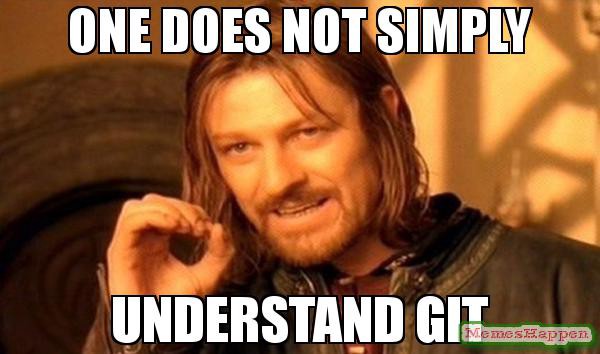Geospatial Data Science Applications: GEOG 4/590
Feb 7, 2022
Lecture 6: Code management
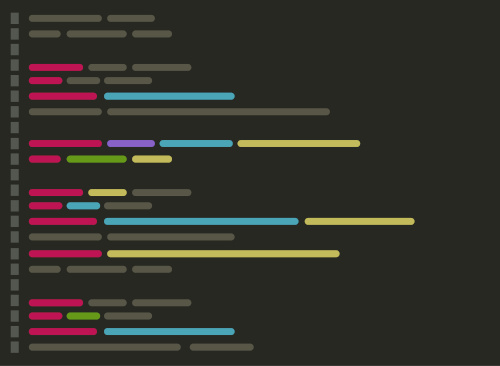
Johnny Ryan: jryan4@uoregon.edu
Content of this lecture¶
- Version control systems
* Some basic version control terminology
* Different workflows used for collaborating on `GitHub`
* Background for this week's lab

Version control¶
Version control systems (VCS) start with a base version of the document and then keeps track of changes you make each step of the way
VCS are essential for developing software and carrying out projects with a lot of code
VCS does not care about file names, intead records who, what, when, and why changes were made to files
Git¶
One of the most popular VCS tools in use today is called
gitIt is a command-line tool that is installed locally
It is free and open-source software
GitHub¶
- GitHub is a web-based hosting service for
git
* Provides a graphical user interface
* Maintained by Microsoft
* There are other web-based hosting services (e.g. GitLab and Bitbucket)

Why do we use version control systems?¶
Security¶
VCS acts like an unlimited 'undo' thereby protecting source code from yourself and others
e.g. catastrophe, human error, and unintended consequences
Collaboration¶
VCS enables many people to work on the same project at the same time
Teams working in parallel accelerates project development
Community¶
Impossible for junior developer to mess up a big project
Since it is so robust this encourages open-source experimentation and development
GitHubhas really emerged as the industry standard
What have we been doing so far?¶
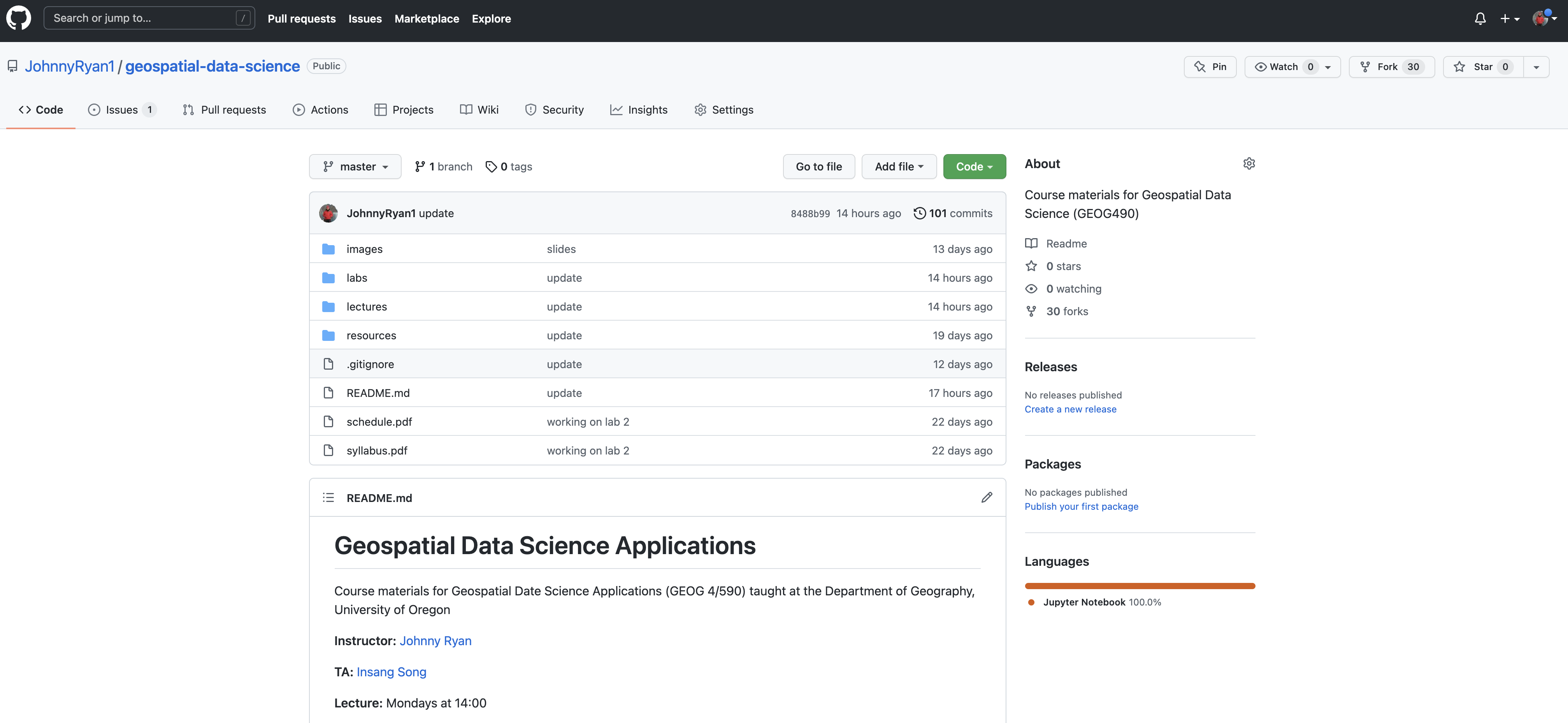
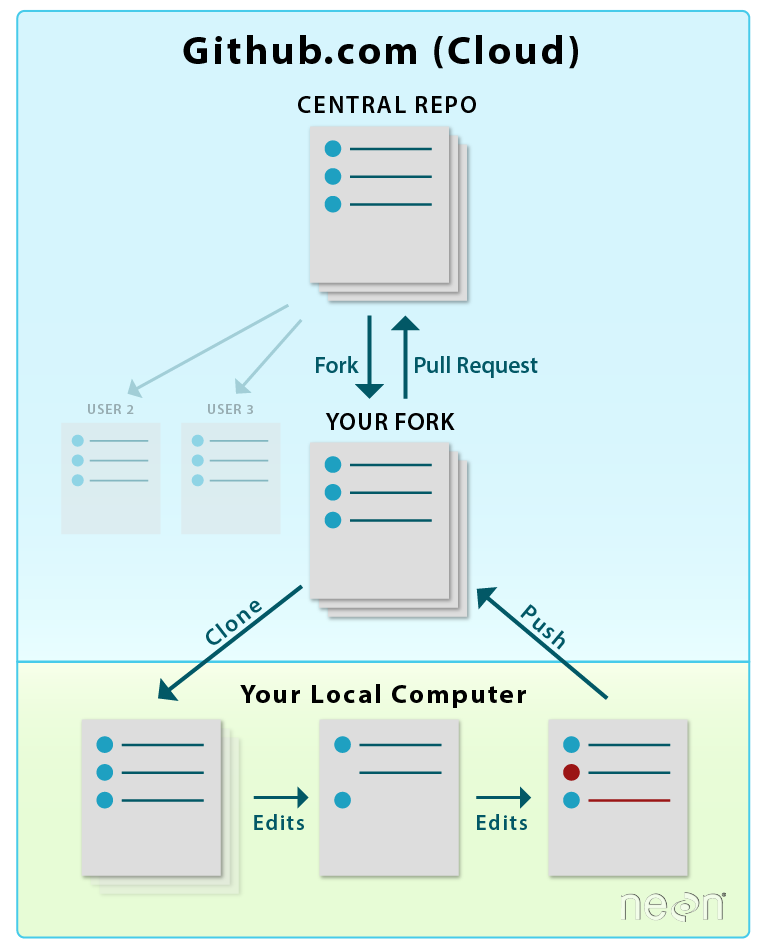
Some basic terms¶
Collaborating with GitHub¶
- Centralized workflow
* Feature branch workflow
* Forking workflow
* Others (e.g. Gitflow workflow)
Centralized workflow¶
One team member makes changes (e.g. add, modify, delete) to files on their local machine
Periodically, they should commit these changes (i.e. take a snapshot) with a short message saying what they did
When they are finished working, they can push their changes back to the central repository
Centralized workflow¶
- But now when another team member (who has also been working on the project) tries to push their changes, Git will refuse the request because the their local history has diverged from the central repository
Centralized workflow¶
- The team member must first pull the most recent changes in the central reposistory into their local repository
Centralized workflow¶
Team member then resolves any conflicts between their local version and the central repository.
Once finished, team member can then commit and push their changes to the central repo
Feature branch workflow¶
The logical extension of the centralized workflow is to use branches
In this workflow, all feature development takes place in a dedicated branch instead of the main branch
This means that main branch never contains broken code - a huge advantage for continuous integration environments
Feature branch workflow¶
When team members finish their changes, they push their branch to the central repository. The central repository will now contain multiple branches.
Therefore, unlike the centralized workflow, this push will never cause conflicts
Feature branch workflow¶
- Team members then submit a pull request on GitHub.com asking to merge their new feature (or branch) into the main codebase, all team members will be notified automatically

Feature branch workflow¶
Team leader reviews pull request, discusses any changes with team members
Once everything looks good, team leader merges new feature into main codebase
Team member can then delete their branch
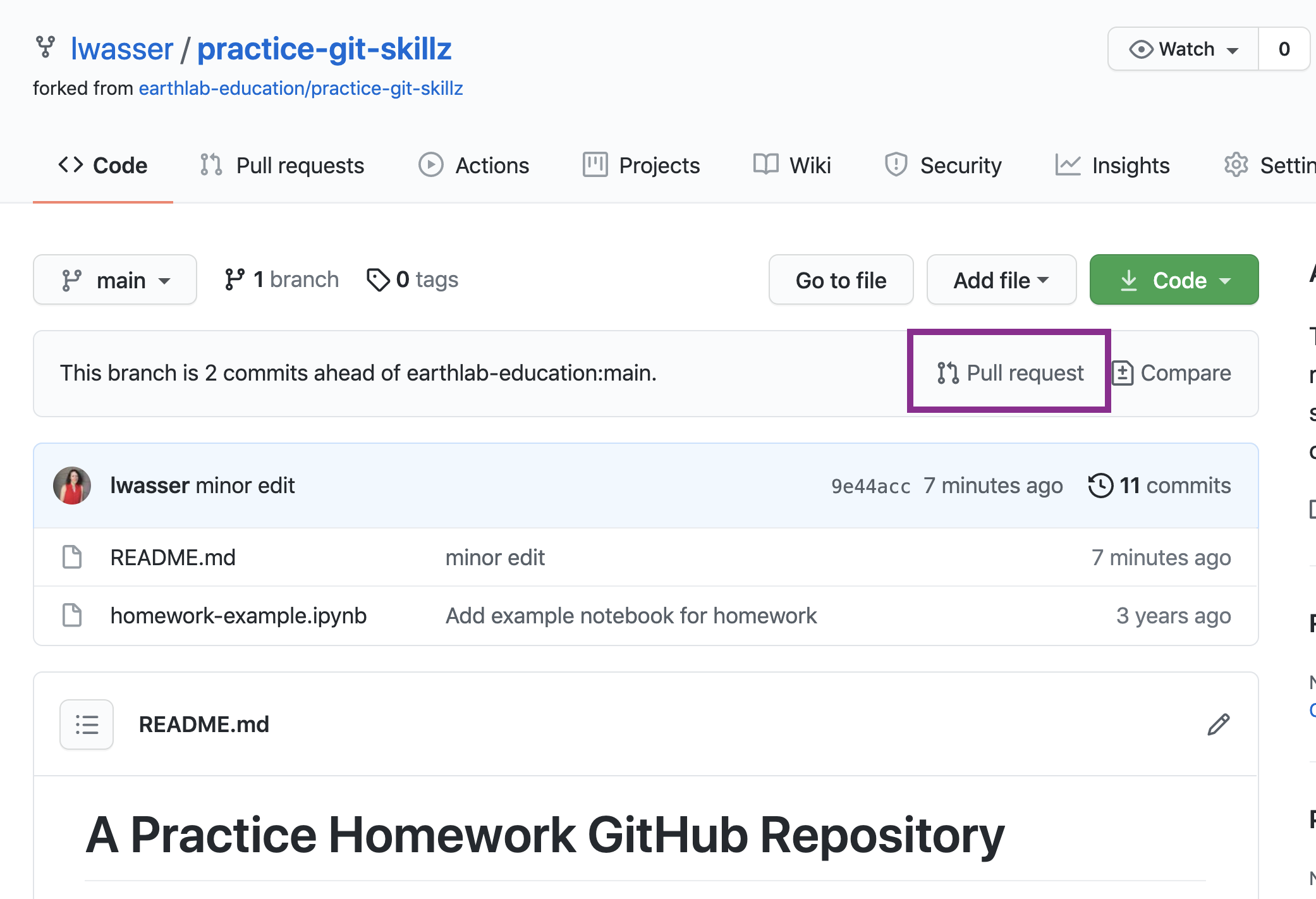
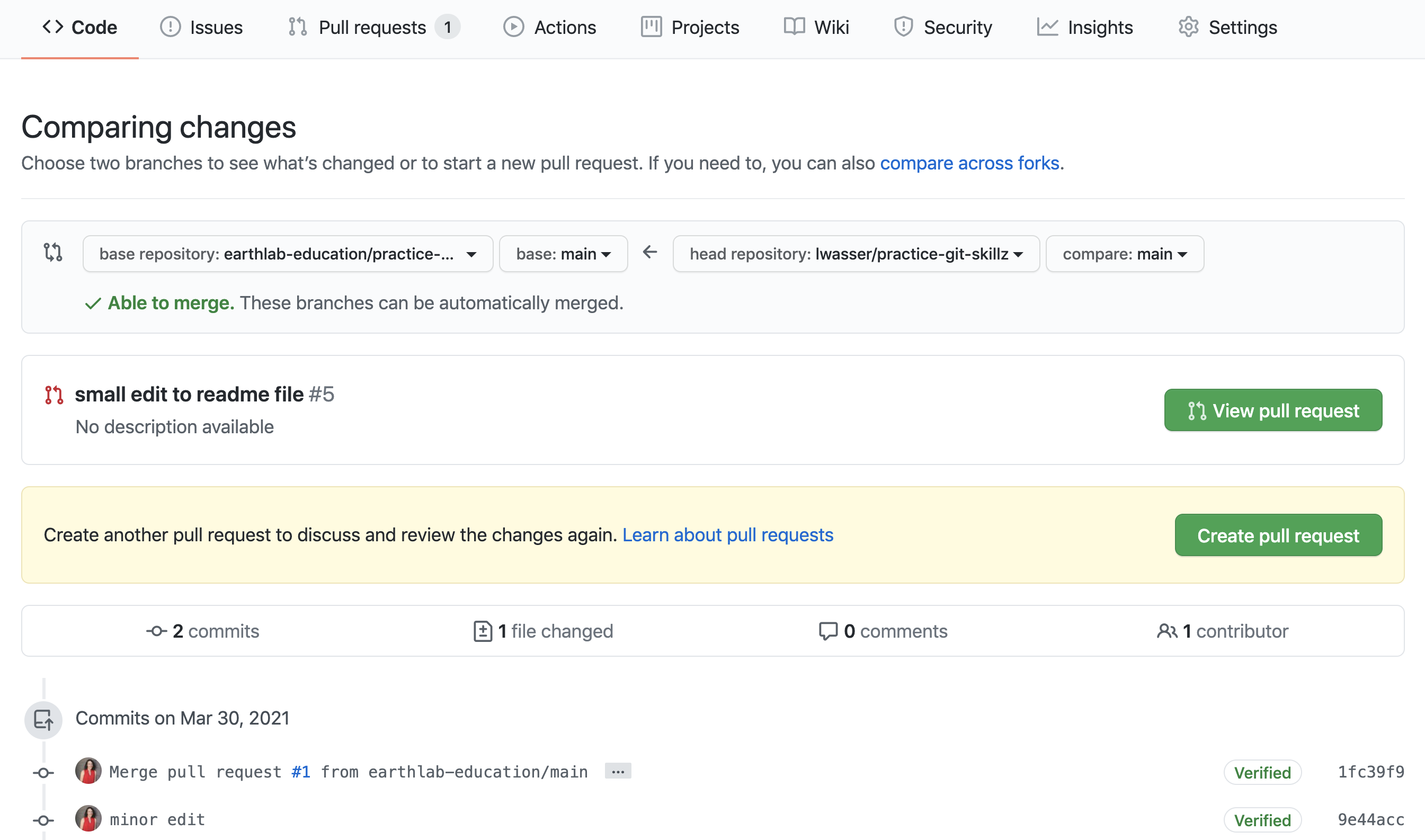

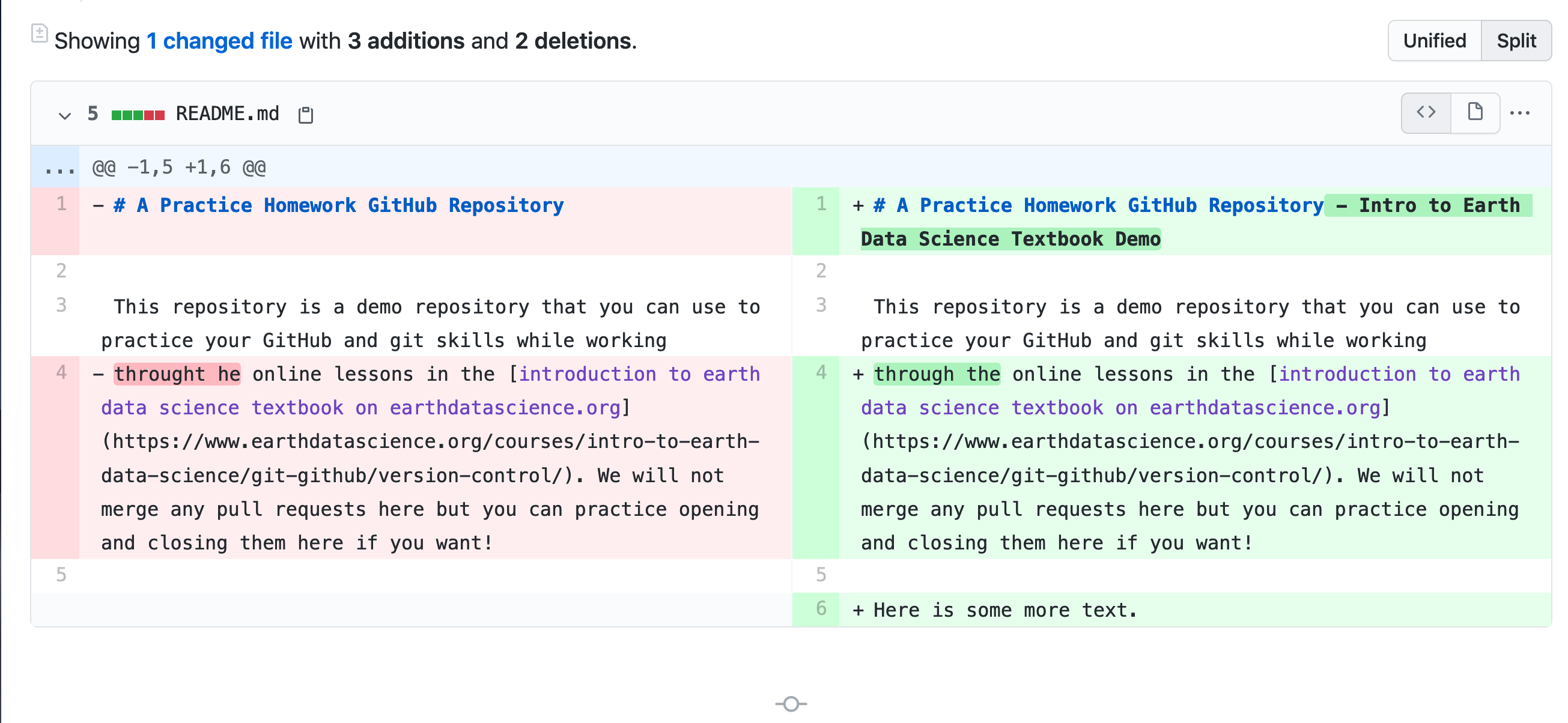
Advantages of feature branch workflow¶
Promotes collaboration with team members through pull requests and merge reviews
Teams can work in parallel on same files so good approach for larger teams
Main branch never contains broken code
Guiding framework for other, more complex worflows
Forking workflows¶
Instead of using a single, central repository, forking workflows give every team member their own central repository
Team members can tinker with their forked repository as they wish without disturbing anyone else
When ready they can push to their private central repository and file pull requests if they think their changes are ready to be integrated to main codebase
Advantages of forking workflows¶
Provides a little more power to the team leader because they are the only person that can push to the official repository
Allows the team leader to accept/reject commits from any developer without giving them write access to the main codebase
Often used for large open-source projects
Good practices¶
Agree on a workflow¶
It is important that teams establish shared patterns of collaboration
If a team doesn't agree on a shared workflow it can lead to inefficient communication when it comes time to merge branches
Commit often¶
Commits are easy to make and provide opportunities to revert or undo work
They should be made frequently to capture updates to a code base
Ensure you're working from latest version¶
VCS enables rapid updates from multiple developers
It's easy to have a local copy of the codebase fall behind the global copy
Make sure to
git pullorfetchthe latest code before you start working on project
Make detailed notes¶
It is important to leave descriptive explanatory commit log messages. These commit log messages should explain the "why" and "what" that encompass the commits content.
These log messages become the canonical history of the project's development and leave a trail for future contributors to review.
Use branches¶
Branches enable multiple developers to work in parallel on separate lines of development
Branches should be used frequently as they are quick and inexpensive.
When development on a branch is complete it should be merged into the main line of development and then deleted
